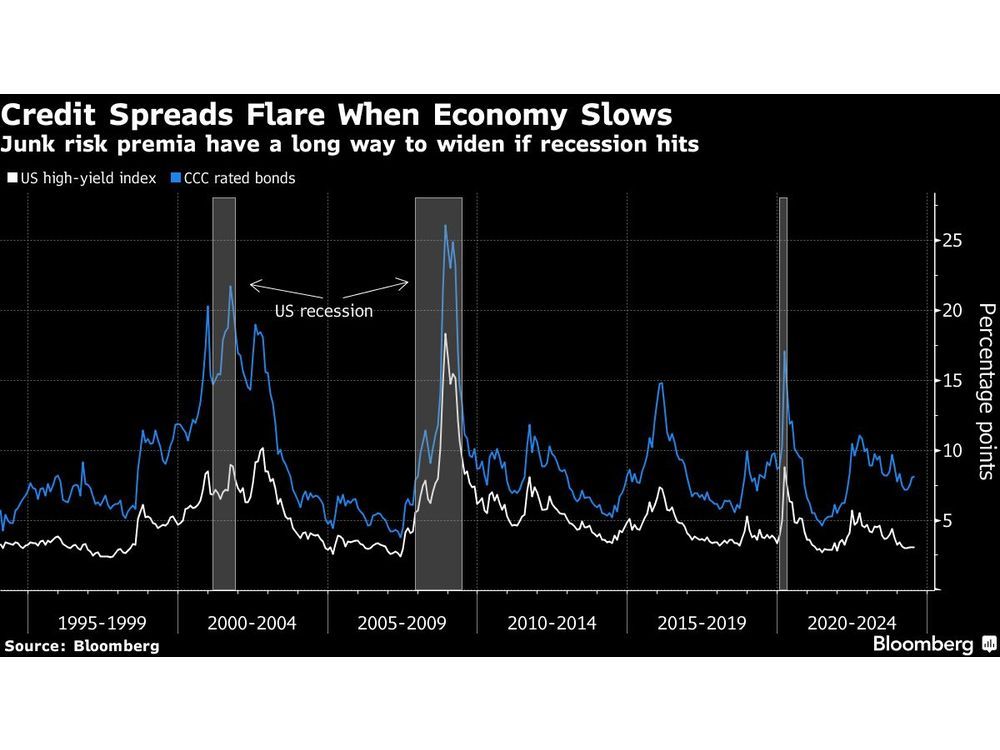Follow us on LinkedIn
When manufacturing a product, companies incur various expenses. These expenses are crucial in helping companies produce that product. Similarly, they contribute to the cost of that product. Based on that cost, companies can decide the pricing and other factors. Companies may also classify those costs for several reasons. One such classification involves calculating prime costs.
What is a Prime Cost?
Prime costs refer to direct material and labour expenses for a product. Ensuring these costs relate to that product directly is highly crucial. Sometimes, companies may also incur indirect costs when manufacturing. However, prime costs consider material and labour costs that contribute directly to the finished product.
Prime costs include the costs directly incurred to create a product during the manufacturing process. It differs from other costs that also consider factory overheads or direct expenses. Usually, companies use prime costs to calculate the contribution margin for an underlying product or service. However, prime costs can not help ensure profitability since they ignore factory overheads.
What is the formula for Prime Costs?
The prime cost formula is straightforward. As mentioned above, these costs consider the direct material and labour costs incurred on a product. Based on this definition, the formula for prime cost is as follows.
Prime Costs = Direct Materials + Direct Labor
This formula can cover per unit and total prime costs. Companies can use the per-unit direct materials and labour to get the unit rate. However, they can also use the total expenses to calculate total prime costs. Companies can also use the following formula to calculate the per unit prime costs.
Prime Costs = (Direct Materials + Direct Labor) / Total Units Produced
What are the components of Prime Costs?
The first component of prime costs is direct materials. These costs include the raw materials that go into producing the final product. However, not all items in this process constitute direct materials. Instead, these costs include the raw materials that directly contribute to the finished product. Similarly, these raw materials must be a part of that product.
The second crucial component of prime costs is direct labour. Labour costs, for companies, include any expenses paid to employees. Direct labour represents all costs incurred on the employees that contribute directly to the product. Usually, these costs include salaries, taxes, and benefits. Direct labour only considers the employees who are a part of the production process.
Example
A company, Red Co., manufactures and sells masks. The company purchases the raw materials that go into the production process for $10,000. Similarly, Red Co. pays employees $5,000 to convert those raw materials into finished goods. For Red Co., the total prime costs would be as below.
Prime Costs = Direct Materials + Direct Labor
Prime Costs = $10,000 + $5,000
Prime Costs = $15,000
Assuming Red Co. produces 30,000 masks during the process, the company can calculate the per-unit prime cost as below.
Prime Costs = (Direct Materials + Direct Labor) / Total Units Produced
Prime Costs = ($10,000 +$5,000) / 30,000 units
Prime Costs = $0.5 per unit
Conclusion
Prime costs include the direct material and labour costs that go into producing a product. These costs are crucial to determining the profit margins on the underlying product. However, they do not provide an indicator of overall profitability. Prime costs include two components, direct material, and direct labour. Companies can calculate these costs on a total or per-unit basis.
Further questions
What's your question? Ask it in the discussion forum
Have an answer to the questions below? Post it here or in the forum
Meta rolled back January 6-era restrictions on former President Donald Trump's social media accounts ahead of the Republican National Convention.



June saw 75 filings, up from 62 in May and above the pandemic-era peak of 74 in July 2020, according to S&P Global Market Intelligence.

Credit markets are breathing a sigh of relief after inflation data showed price pressures are cooling broadly, but a weakening economy poses fresh risks to corporate debt.